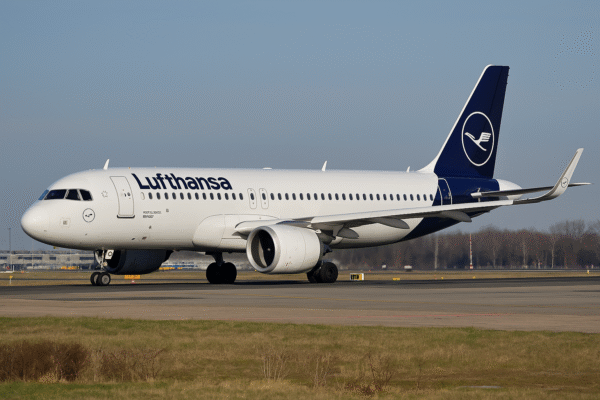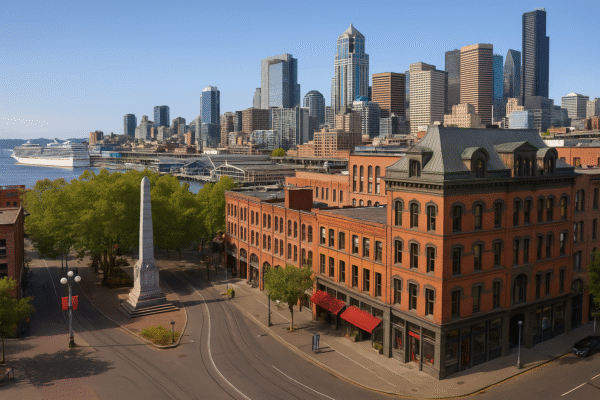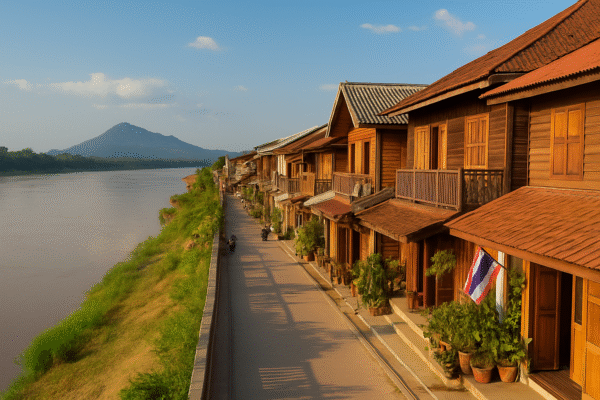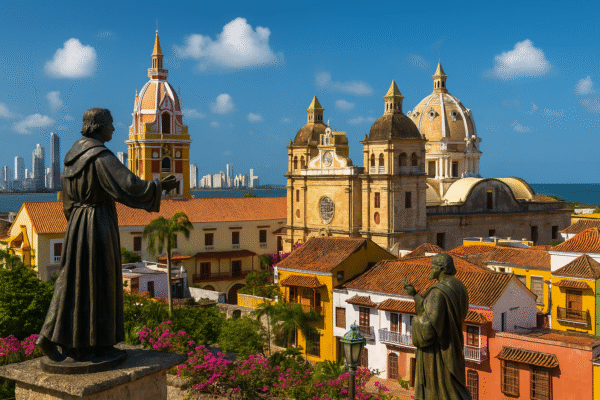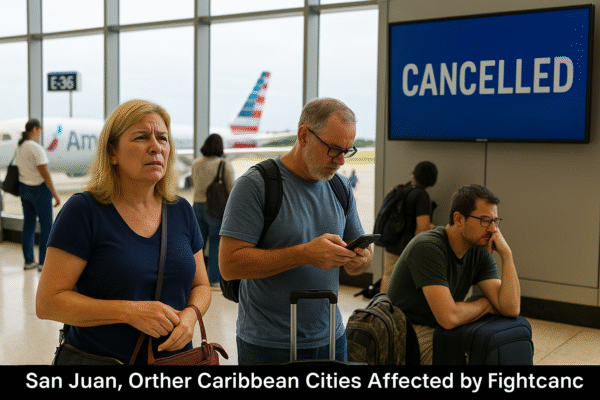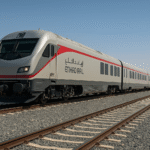A new chapter in European transportation is unfolding with the development of the Brenner Base Tunnel, a monumental project connecting Austria and Italy through the heart of the Alps. Stretching 64 kilometers between Fortezza in Italy and Innsbruck in Austria, this will be the longest underground railway tunnel in the world once fully completed by 2032. Passenger services are expected to begin in 2026, marking a turning point for cross-border travel and tourism in the Alpine region.
This high-speed rail link is more than just an engineering achievement; it is a strategic investment in tourism, economic development, and sustainable travel. By reducing journey times and offering efficient alternatives to road and air travel, the Brenner Base Tunnel is set to redefine how millions of visitors experience Austria, Italy, and the wider European continent.
A Leap in Connectivity for Travelers
One of the most immediate impacts of the Brenner Base Tunnel will be the dramatic reduction in travel times. The route from Innsbruck to Bolzano, which currently takes more than two hours, will be shortened to just 50 minutes. Similarly, the journey between Verona and Munich will be cut by more than half, opening new possibilities for tourists looking to explore multiple cities within a single trip.
For travelers, this means unprecedented convenience. A visitor could admire the Renaissance architecture of Verona in the morning, savor Alpine charm in Innsbruck by the afternoon, and enjoy Munich’s vibrant nightlife in the evening. The ability to seamlessly connect such diverse cultural and scenic destinations is expected to attract more international tourists to both Austria and Italy, encouraging longer stays and broader itineraries.
Sustainable Tourism in the Alps
The Brenner Base Tunnel is also a cornerstone of Europe’s green travel agenda. Designed to shift both freight and passenger traffic from roads to rail, the tunnel will significantly cut carbon emissions in the Alpine corridor. The Alpine region, known for its fragile ecosystems, has long struggled with heavy congestion caused by trucks and private vehicles. By creating a faster, more efficient rail link, the project is expected to ease traffic on mountain roads, improve air quality, and protect the natural environment that draws millions of visitors each year.
For tourists increasingly conscious of their environmental impact, traveling through the tunnel offers a sustainable alternative that does not compromise comfort or speed. This shift toward eco-friendly transport aligns with the EU’s broader goals of reducing emissions and promoting greener infrastructure projects.
Economic Opportunities for Local Tourism
The tunnel’s development promises a significant boost for local economies. Hotels, restaurants, tour operators, and small businesses across Tyrol, South Tyrol, and northern Italy stand to benefit from the influx of travelers brought closer by high-speed rail. Previously less accessible Alpine towns may now see new waves of visitors, spreading tourism beyond traditional hotspots and helping smaller communities share in the economic benefits.
Tourism boards in both Austria and Italy anticipate growth in package tours that combine multiple destinations—such as Vienna, Innsbruck, Bolzano, and Milan—into single, convenient itineraries. This improved connectivity is expected to increase not only tourist arrivals but also overnight stays, providing long-term support for the hospitality sector.
A Cultural Bridge Across the Alps
Beyond convenience and economics, the Brenner Base Tunnel symbolizes a deeper cultural connection between Austria and Italy. Tourists will gain easier access to the rich heritage of both countries: from Vienna’s palaces and Innsbruck’s imperial landmarks to Verona’s Roman amphitheater and Milan’s fashion districts. The tunnel will encourage cross-border exploration, fostering cultural exchange and strengthening ties between the two nations.
Rail travel also provides a unique advantage over air travel: passengers are immersed in the landscapes as they move. While much of the journey will run underground, the approach routes will still showcase panoramic Alpine vistas, ensuring the scenic beauty of the Dolomites and Tyrolean mountains remains part of the travel experience.
Tourism Trends Shaped by Speed and Access
Industry experts predict that the tunnel will reshape travel patterns across Europe. Shorter travel times will make weekend getaways and multi-country trips more attractive, particularly for international visitors. A traveler flying into Milan could easily extend their trip to include Austria without worrying about long road journeys or multiple flights.
This improved connectivity will also benefit winter sports tourism. Austria’s ski resorts and Italy’s Dolomites could see increased visitors, with tourists able to move quickly between resorts and cities. The result is a more flexible tourism landscape where travelers can customize their experiences with greater ease.
Looking Ahead to 2026
When passenger operations begin in 2026, the Brenner Base Tunnel will signal the dawn of a new era for Alpine tourism. By combining speed, sustainability, and cross-border collaboration, the project highlights Europe’s commitment to modern, eco-friendly infrastructure.
For Austria and Italy, the tunnel is not just a transport corridor but a gateway to new opportunities. It will encourage tourists to see the Alps not as a boundary but as a bridge—linking two nations rich in culture, history, and natural beauty.
Conclusion
The Brenner Base Tunnel stands as a symbol of innovation and cooperation between Austria and Italy. Once operational, it will provide travelers with faster journeys, greener choices, and richer cultural experiences. From cutting travel times and easing congestion to boosting regional economies and promoting sustainable tourism, the project promises benefits that will be felt for generations.
By 2026, the world’s longest underground rail tunnel will be more than an engineering marvel—it will be a catalyst for growth, sustainability, and discovery across the heart of Europe.
For more travel news like this, keep reading Global Travel Wire



